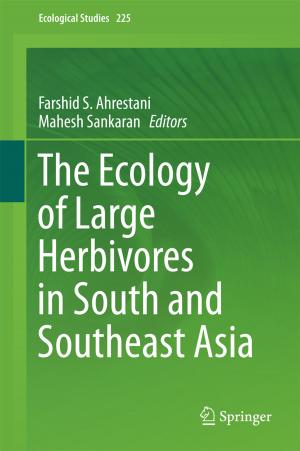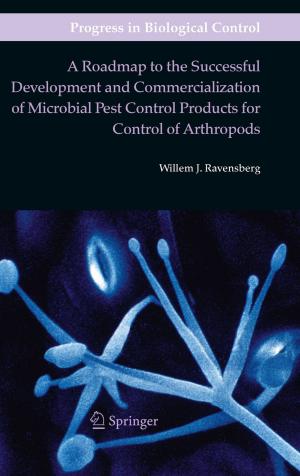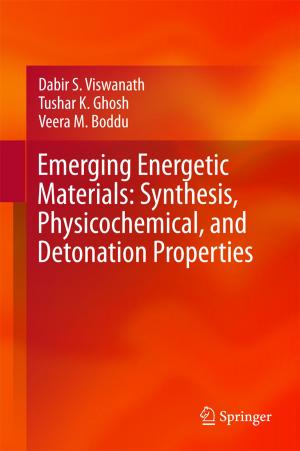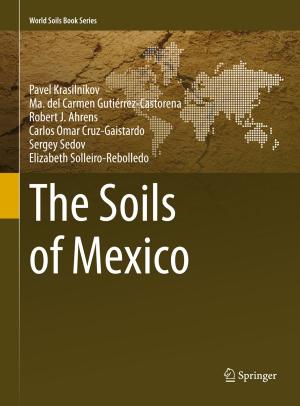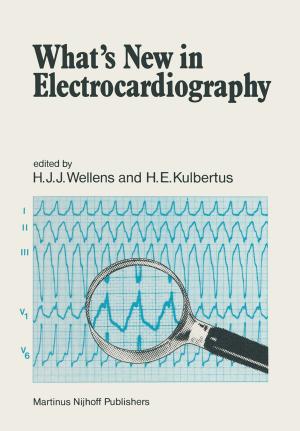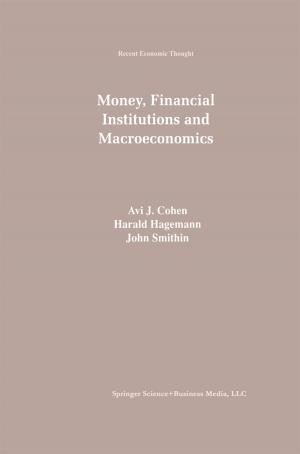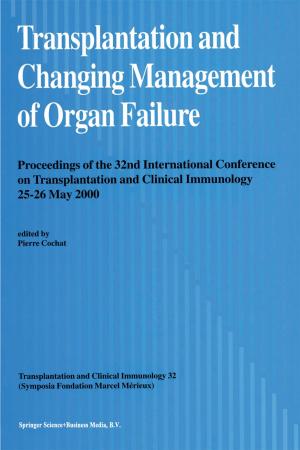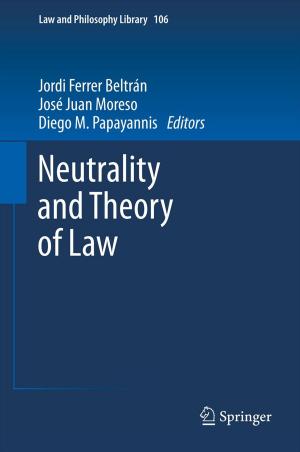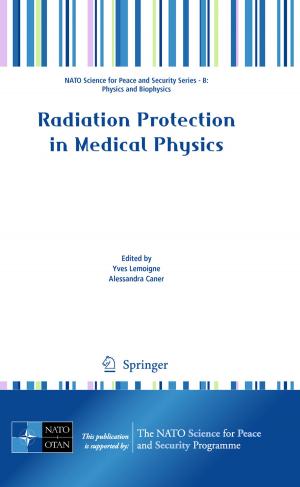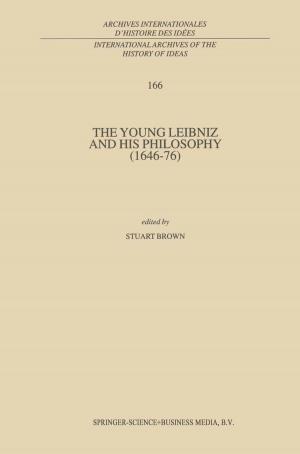| Author: | ISBN: | 9789401178556 | |
| Publisher: | Springer Netherlands | Publication: | December 6, 2012 |
| Imprint: | Springer | Language: | English |
| Author: | |
| ISBN: | 9789401178556 |
| Publisher: | Springer Netherlands |
| Publication: | December 6, 2012 |
| Imprint: | Springer |
| Language: | English |
The Eighth Brook Lodge Conference on Problems of Reproductive Physiology is the latest in a series of small meetings held over 18 years. The topics for trlese meetings have reflected the changing interests and backgrounds of the organizers. The recent rapidly increasing quantity of information on the uterine endometrium and its continuing relevance to fertility control stimulated the organizers to focus the 1979 workshop on this topic. The first four speakers provided a histological background for the molecular and biochemical studies described subsequently. The interaction of biochemist, physiologist, pathologist and physician as they focus their thoughts and talents on this limited area of the body is apparent in the dis cussions of presentations. This workshop was planned to provide in sight and a sense of proportion for the participants. For the reader, the record of the proceedings should serve as a useful reference to the state of the art in this area of research. The uterine endometrium is central in the successful implantation and development of the embryo. Examination of the physical relation ships, biochemical interactions and hormonal influences in this tissue could further advance the understanding of this pivotal tissue in the reproductive process. The depth of the understanding of endo metrial physiology should be reflected in our ability to better con trol this reproductive endpoint and to treat its dysfunction. The efforts of many individuals made these Proceedings possible.
The Eighth Brook Lodge Conference on Problems of Reproductive Physiology is the latest in a series of small meetings held over 18 years. The topics for trlese meetings have reflected the changing interests and backgrounds of the organizers. The recent rapidly increasing quantity of information on the uterine endometrium and its continuing relevance to fertility control stimulated the organizers to focus the 1979 workshop on this topic. The first four speakers provided a histological background for the molecular and biochemical studies described subsequently. The interaction of biochemist, physiologist, pathologist and physician as they focus their thoughts and talents on this limited area of the body is apparent in the dis cussions of presentations. This workshop was planned to provide in sight and a sense of proportion for the participants. For the reader, the record of the proceedings should serve as a useful reference to the state of the art in this area of research. The uterine endometrium is central in the successful implantation and development of the embryo. Examination of the physical relation ships, biochemical interactions and hormonal influences in this tissue could further advance the understanding of this pivotal tissue in the reproductive process. The depth of the understanding of endo metrial physiology should be reflected in our ability to better con trol this reproductive endpoint and to treat its dysfunction. The efforts of many individuals made these Proceedings possible.

